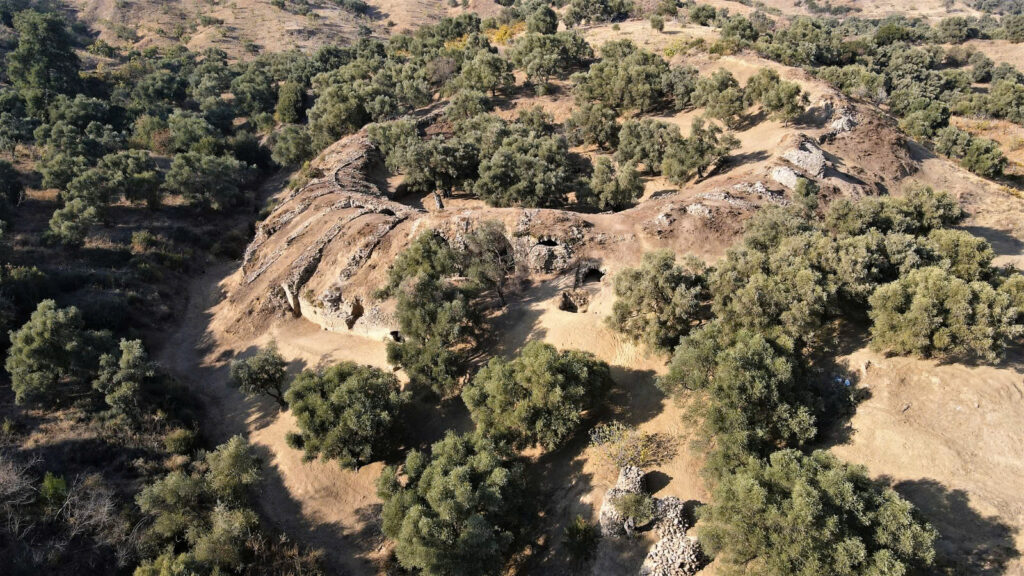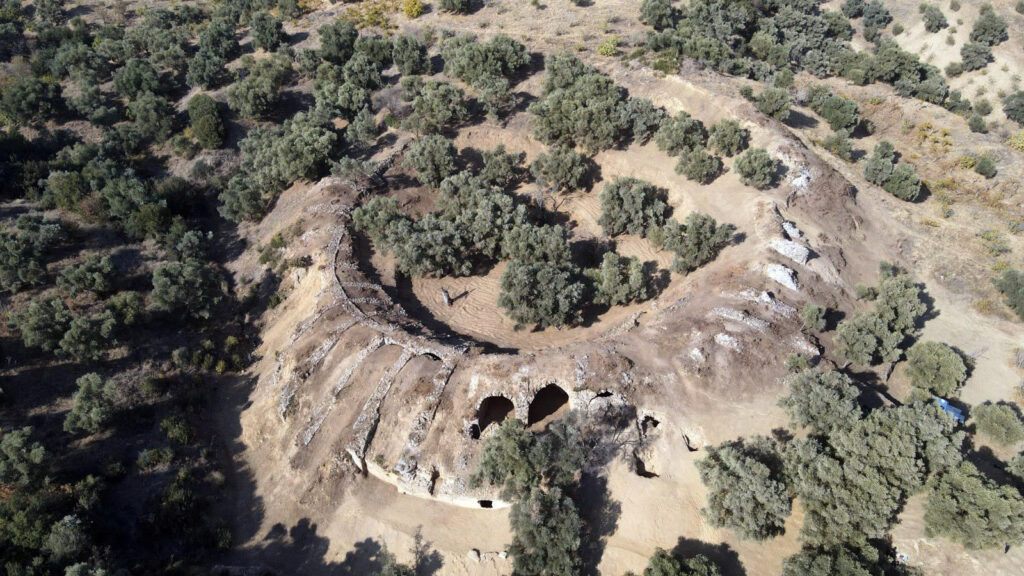Magnificent Discovery in Western Turkey

In a groundbreaking archaeological find, researchers have unearthed a massive Roman gladiator arena in the ancient city of Mastaura, western Turkey. This remarkable structure, dating back nearly two millennia, once hosted up to 20,000 spectators who gathered to witness fierce gladiatorial battles and brutal animal fights. The arena served as a hub for entertainment, betting, and spectacle in the ancient world.
Hidden Treasure Revealed
From Obscurity to Archaeological Wonder

The arena, concealed for centuries beneath earth and vegetation in Aydın Province, was finally discovered in 2020. While much of the structure remains buried, the exposed sections tell a compelling story of Roman entertainment. The visible remnants – including impressive arches, tiered seating arrangements, and the central battleground – stand as testament to its former glory.
Archaeological Significance
Exceptional Preservation

Under the leadership of archaeologist Sedat Akkurnaz from Adnan Menderes University, working in collaboration with provincial director Mehmet Umut Tuncer, the excavation has revealed remarkably well-preserved underground foundations. According to Akkurnaz, these foundations appear “as solid as if they were just built,” highlighting the exceptional construction techniques of ancient Roman engineers.
Historical Context
A Center of Roman Entertainment

Built during the Severan dynasty in the 2nd century AD, the arena marks Mastaura’s golden age. Though smaller than Rome’s iconic Colosseum, this Anatolian venue was a significant regional attraction. The structure featured specialized areas including gladiator preparation rooms and VIP entertainment sections, drawing spectators from neighboring cities like Aphrodisias and Ephesus to witness its infamous “bloody shows.”
Ongoing Research and Preservation
Mapping Ancient History

Currently, the archaeological team is employing cutting-edge technology, including laser scans and geophysical surveys, to map the arena’s complete structure, including its hidden underground sections. These ongoing efforts promise to reveal more about how Romans in Asia Minor gathered for these spectacular, if brutal, entertainment events, offering deeper insights into ancient Roman culture and architecture.

